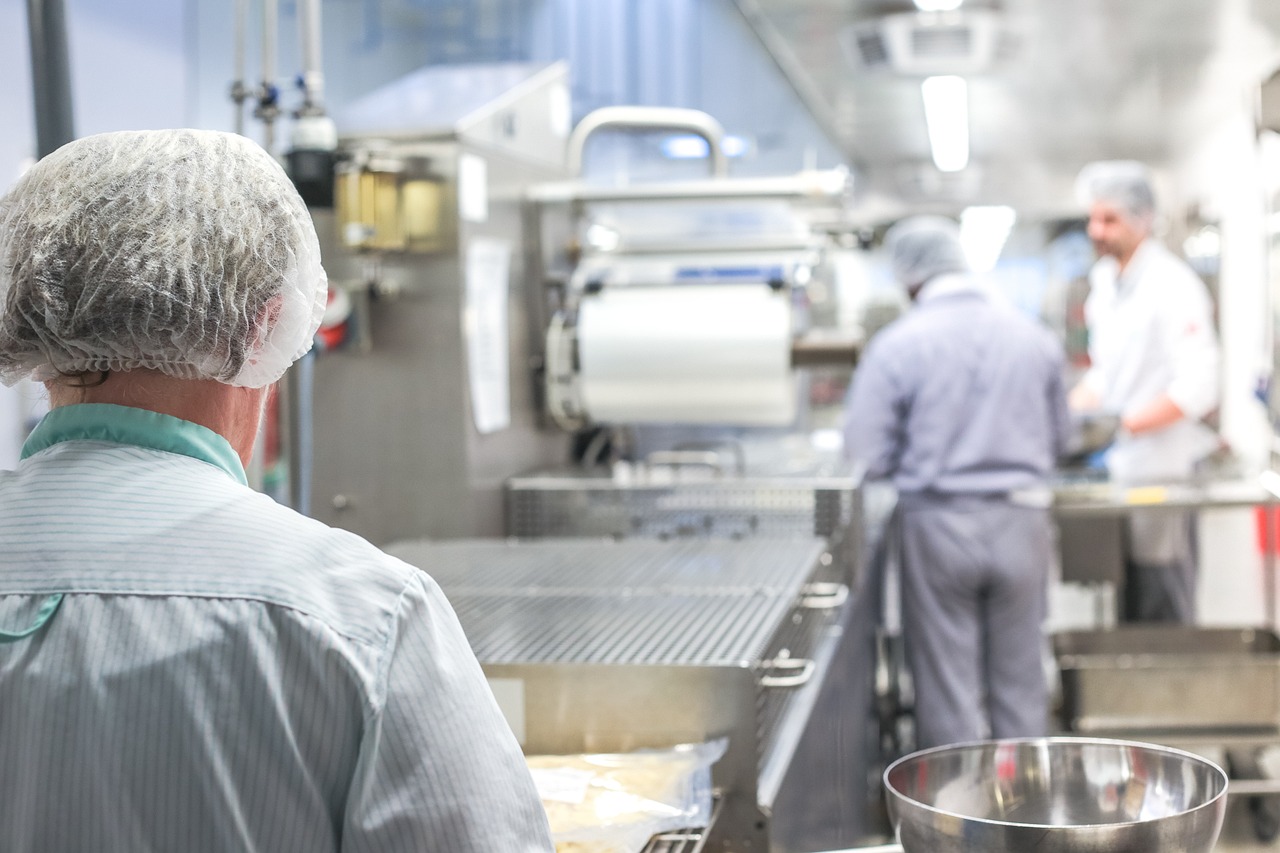新冠疫情英语手抄报内容怎么写(新冠疫情英语手抄报内容怎么写的)
Title: The COVID-19 Pandemic: A Global Health Crisis in English
Introduction:
The COVID-19 pandemic has had a profound impact on the world, affecting every aspect of our lives. As the virus continues to spread, it has become increasingly important to stay informed and take the necessary precautions to protect ourselves and others. This English-language handout aims to provide you with an overview of the pandemic, its symptoms, prevention measures, and the latest updates from around the world.
Section 1: Understanding COVID-19
1.1 What is COVID-19?
COVID-19 is a viral infection caused by the SARS-CoV-2 virus. It is a highly contagious respiratory illness that primarily affects the lungs and can cause severe respiratory symptoms, including pneumonia and respiratory failure. The virus was first identified in Wuhan, China, in late 2019 and has since spread globally, leading to a global pandemic.
1.2 Symptoms of COVID-19
The most common symptoms of COVID-19 include:
- Fever
- Cough
- Shortness of breath or difficulty breathing
- Fatigue
- Muscle or body aches
- Headache
- Sore throat
- Loss of taste or smell

- Congestion or runny nose
- Nausea or vomiting
- Diarrhea (less common)
It's important to note that some people may be asymptomatic (show no symptoms) or have mild symptoms. However, the virus can be deadly for those with underlying health conditions, such as diabetes, heart disease, and respiratory problems.
Section 2: Prevention and Control Measures
2.1 Wearing Masks
Wearing a mask is one of the most effective ways to prevent the spread of COVID-19. Masks help reduce the transmission of the virus by trapping droplets that may contain the virus and preventing them from spreading into the air. It's important to wear a mask correctly and follow local guidelines for mask usage.
2.2 Social Distancing
Maintaining a distance of at least six feet (2 meters) from others can significantly reduce the risk of contracting COVID-19. This is especially important in crowded or enclosed spaces where it's difficult to maintain proper ventilation.
2.3 Handwashing and Hygiene
Regular handwashing with soap and water for at least 20 seconds is crucial in preventing the spread of the virus. Avoid touching your face, nose, and mouth with unwashed hands. Use hand sanitizer when soap and water are not available.

2.4 Avoiding Crowded Places
Avoiding crowded places, especially indoors, can help reduce your risk of exposure to the virus. Stay home as much as possible and only go out for essential activities.
2.5 Vaccination
Vaccination is one of the most effective ways to prevent severe illness and death from COVID-19. Several vaccines have been developed and approved for use around the world, including those from Pfizer-BioNTech, Moderna, and Johnson & Johnson. It's important to get vaccinated as soon as possible to protect yourself and others.
Section 3: The Impact of COVID-19 on Society
3.1 Economic Impact
The COVID-19 pandemic has had a significant impact on the global economy. Many businesses have been forced to close or operate at reduced capacity, leading to job losses and economic instability. Governments have implemented various measures to support businesses and individuals during this time, including stimulus packages and unemployment benefits.
3.2 Education Disruption
The pandemic has also disrupted education systems around the world. Many schools and universities have shifted to online learning, while others have remained closed or operated at reduced capacity. This has had a significant impact on students' education and mental health.
3.3 Mental Health Concerns
The pandemic has caused widespread stress and anxiety among people around the world. The uncertainty and fear of contracting the virus have led to increased levels of depression and other mental health issues. It's important to take care of your mental health during this time by practicing self-care, seeking support from friends and family, and seeking professional help if needed.

Section 4: Global Efforts to Combat COVID-19
4.1 International Cooperation
The global community has come together to combat the COVID-19 pandemic through international cooperation and sharing of resources and information. The World Health Organization (WHO) has played a leading role in coordinating global efforts to respond to the pandemic, providing guidance and support to countries around the world.
4.2 Vaccination Programs
Several countries have launched mass vaccination programs to protect their citizens from COVID-19. These programs have been successful in reducing the spread of the virus and saving lives. However, there are still challenges in ensuring equitable access to vaccines in low-income countries.
4.3 Research and Development
The global research community has been working tirelessly to develop new treatments and vaccines for COVID-19. Several promising treatments and vaccines are currently in development or have been approved for use, including those from Pfizer-BioNTech, Moderna, and Johnson & Johnson. This rapid response is a testament to the power of global collaboration in addressing public health crises.
Conclusion:
The COVID-19 pandemic has had a profound impact on our lives, affecting everything from our daily routines to our mental health and economic stability. However, through cooperation, innovation, and determination, we can overcome this challenge together. By following prevention measures such as wearing masks, social distancing, handwashing, avoiding crowded places, and getting vaccinated when possible, we can protect ourselves and others from the virus. Let's work together to overcome this pandemic and build a better future for all.





还没有评论,来说两句吧...